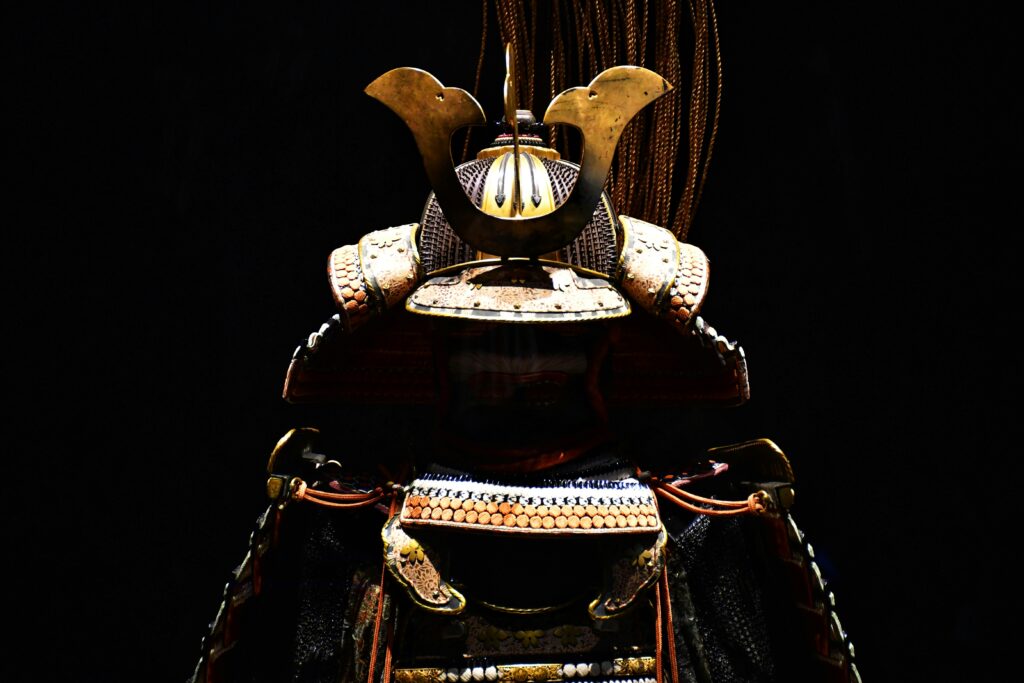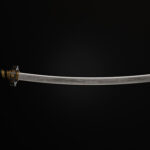Samurai armor, known for its iconic design and symbolic importance, holds a central place in Japanese history. These battle-ready suits were not just functional pieces for protection but representations of the warrior’s honor, status, and discipline. Over centuries, the craftsmanship behind samurai armor evolved, with each piece reflecting the cultural values and beliefs of the time. Today, the global fascination with Japanese culture has fueled a growing interest in these historical artefacts, making samurai armor popular among collectors, historians, and enthusiasts alike.
With a blend of artistry and utility, samurai armour is more than a relic—it’s a bridge between Japan’s ancient warrior culture and modern appreciation for tradition. If you are curious to explore these remarkable suits, visit Japanese Armors, a platform offering authentic samurai armor for sale.
The Evolution of Samurai Armor Through Time
The journey of samurai armor dates back to the 4th century, during the early days of Japan’s warrior class. However, the armor reached its most recognizable form during the Heian period (794–1185) with the development of ō-yoroi, a suit specially designed for mounted warriors. This early armor was constructed from iron plates and leather, bound together with silk cords to offer both flexibility and protection.
As warfare tactics evolved, lighter armor such as dō-maru and haramaki emerged during the Kamakura (1185–1333) and Muromachi (1336–1573) periods. These designs allowed greater mobility for foot soldiers, who were increasingly engaged in close combat. The armor’s role extended beyond the battlefield—it was a reflection of the samurai’s personal identity, featuring intricate family crests, artistic designs, and religious symbols.
By the Edo period (1603–1868), the use of armor became more ceremonial as Japan entered a relatively peaceful era. Despite its reduced battlefield role, the armor retained its cultural significance, symbolizing the samurai’s loyalty, discipline, and commitment to a warrior’s life.
The Artistry Behind Samurai Armor: Materials and Techniques
The construction of samurai armor required exceptional craftsmanship, combining beauty with functionality. Armorers used materials like iron, leather, silk, and lacquer, ensuring the armor could withstand various environmental conditions. Lacquer was applied to prevent rust on metal components, while silk cords were meticulously woven to connect individual plates, allowing the armor to move with the body.
One of the most striking elements of samurai armor was the helmet, or kabuto. These helmets often featured bold crests—such as horns or dragon motifs—meant to intimidate enemies and convey the wearer’s spiritual beliefs. The attention to detail extended to other components, including face masks (menpō) and shoulder guards (sode), each contributing to both protection and aesthetics.
Modern collectors and artisans are drawn to the complexity of these ancient techniques. Authentic samurai armor offers not only insight into historical craftsmanship but also serves as a work of art that embodies the values of honor and resilience. Replicas made by skilled craftsmen today aim to preserve these techniques, ensuring that the legacy of samurai armor lives on.
Why Samurai Armor Captivates Modern Collectors
In recent years, there has been a resurgence of interest in samurai culture, fueled by popular media, historical documentaries, and cultural events. Samurai armor, in particular, stands out as a powerful symbol of Japan’s rich heritage. Collectors view these suits as more than artifacts—they represent a connection to the past and an opportunity to embrace the values of courage, loyalty, and self-discipline.
The growing appreciation for Japanese craftsmanship has made authentic samurai armor highly sought after in international markets. Collectors and museums are eager to acquire original pieces, which can range from full suits to individual components like helmets or masks. Each piece tells a unique story of the warrior who wore it and the era in which it was crafted, adding to its historical and sentimental value.
Beyond personal collections, samurai armor is often displayed in exhibitions, where it educates audiences about the samurai lifestyle and the artistry of ancient Japanese armor-making. The ability to own such a piece allows enthusiasts to connect with history on a deeper level, while also showcasing their admiration for Japan’s cultural legacy.
Where to Find Authentic Samurai Armor
For those looking to invest in authentic or high-quality replica samurai armor, specialized stores offer a wide range of options. Whether for personal collections or museum displays, it’s essential to ensure the armor is crafted with precision and adheres to traditional methods.
A recommended source for authentic samurai armor is Japanese Armor. This platform offers a curated selection of finely crafted armour, including full suits and individual pieces. Each item reflects the intricate techniques used by ancient artisans, making it an ideal choice for collectors who value authenticity and craftsmanship.
Whether you’re purchasing for personal interest or as a centrepiece for a collection, owning samurai armour is an investment in history and culture. With detailed craftsmanship and a connection to the values of the samurai, these pieces are a timeless way to appreciate Japanese heritage.
Conclusion
Samurai armor stands as a testament to the skill and artistry of Japan’s ancient warriors. Beyond its functional role in battle, it embodies the ideals of loyalty, courage, and discipline that defined the samurai way of life. Today, samurai armor fascinates collectors and historians alike, serving as both a historical artifact and an artistic masterpiece.
Whether you are a seasoned collector or someone curious about Japanese culture, investing in samurai armor offers a unique opportunity to connect with the past. Explore the craftsmanship and symbolism behind these remarkable pieces at Japanese Armors and bring a piece of history into your collection.






